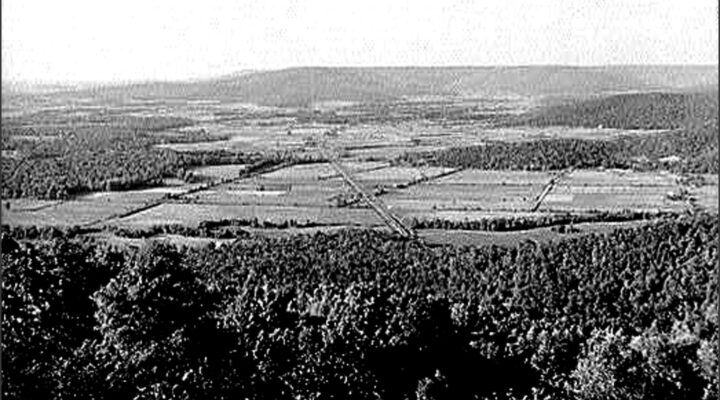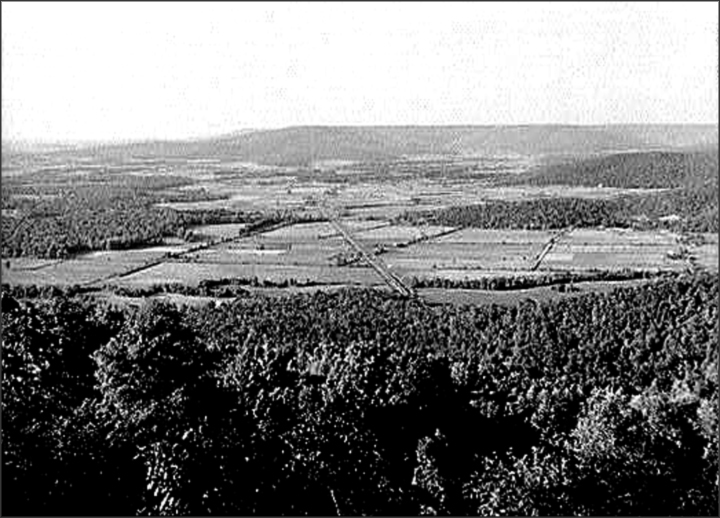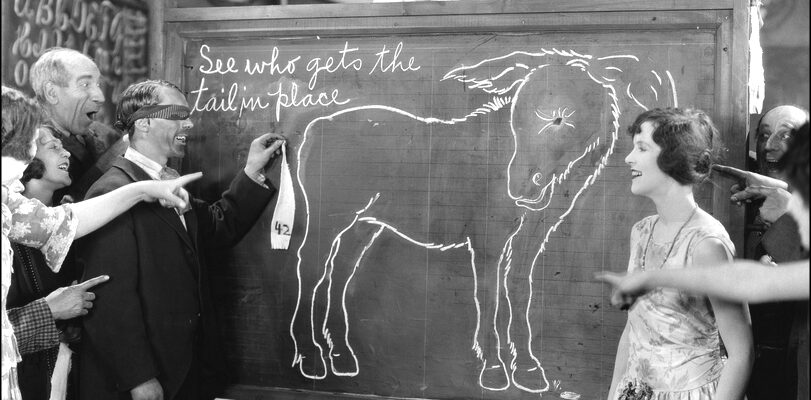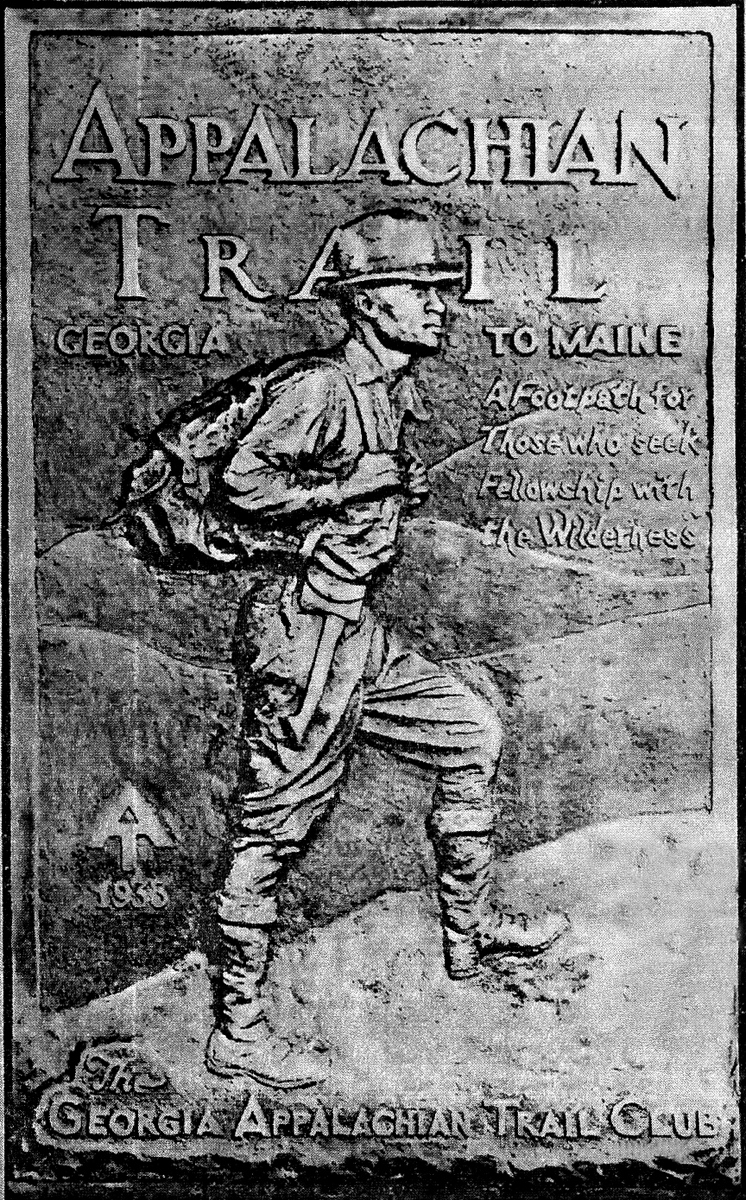The annual Cosby Ramp Festival was literally belched into existence on April 25, 1954 with Gov. Frank Clement proclaiming that spring day to be “Ramp-Eating Day” in Tennessee. Listed below are summaries of 13 of the 57 festivals that took place there:

Apr. 1954: Cosby is located in Cocke County, Tennessee. Ramps, real name, “Allium tricoccum,” grow in the mountainous areas of Tennessee, North Carolina and the Virginias at altitudes above 3,000 feet. The self-effacing ramp symbolized the strength and hardiness exemplified by the citizenry of the Tennessee mountains. While one might think that the ramp would dissuade more tourists than it attracted, the first ramp festival drew a crowd of about 30,000 on 25 acres of land. President Harry S. Truman was present as an added attraction. Although the main menu was comprised of corn pone, ramps and sassafras tea, those too wimpy to savor the smelly mountain treat had a choice of barbecued chicken and beef.
Apr. 1955:Mr. Truman returned to his second festival but vowed that he would not eat the pungent wild onions. Summarily, a delegation visited him and gave him a pre-taste of the ramp to acclimate him. The ramp, first cousin to the Lily of the Valley, smells roughly like a cross between an onion and a garlic plant, liberally seasoned with vinegar. While some folks regard it as a delicacy, others eat it in self-defense. Cosby was described as a community that was comprised of nothing more than a country story and a post office run by one of the few Democrats around.
The previous night, a play written by Cosby resident, Delmar Baxter, was presented by local actors dressed in hill country garb and using dialect depicting the Cosby story. The festival was largely the achievement of David R. Large, president of Cosby's Ruritan Club. Truman, after receiving a 21-gun salute, spoke to the crowd. All the while, ramps were cooking in the back.

Ramp Devotees Partage of Their Favorite Potent Leeks
Apr. 1956: The 1956 invited guest was Eddy Arnold, internationally known “Tennessee Plowboy” best identified with his song, “Cattle Call.” Also, the University of Tennessee “Pride of the Southland Band” was secured for the ramp festival that year. Governor Frank Clement delivered the principal address.
Apr. 1962: The festival was held in Luther Valentine's pasture to honor the mighty ramp, described as being the “vilest-smellin' vegetable grown anywhere on earth.” Interior Secretary Stewart Udall paid tribute to those souls brave enough to eat it, but he did not partake of it himself.” Senator Estes Kefauver bravely consumed a small quantity of ramps.” Cary Fry, a candidate for governor of Tennessee, refused to eat any on the grounds that “no politician wants to smell like that.” Those planning to eat ramps were warned that they would smell like a Billy goat on the second day.
May 1963:The 1963 gathering saw upwards of 20,000 people gathered at Cosby for a day-long festival of fun in honor of the lowly ramp. The event combined heavy socializing with relaxing in the beautiful area on the fringes of the Great Smoky Mountains along state highways 32 and 73. The entertainers included Dinah Shore, Eddy Arnold, Roy Acuff, Minnie Pearl, Dorothy Collins (“Your Hit Parade”) and regional talent from the tri-state area. Most diners adorned his or her plate with that magnificent maverick, the indescribable gastronomic ramp.
Apr. 1969:The event six years later saw a more modest 6,000 persons gracing Kineauvista Hill that year. The bill of fare was barbecued chicken and beef, sassafras tea, cornbread and of course, ramps, served fried, boiled or raw. They dined while listening to country music from Grand Ole Opry performers, Archie Campbell and Lorene Mann. Also on hand were Sen. Howard Baker and Rep. James Quillen, both Tennessee Republicans.

Preparing the Delicacies at a Typical Ramp Festival
July 1971: The first bluegrass festival ever held in the state was held on July 2, 3 and 4 at Kineauvista Hill at Cosby. My wife and I attended that one. The stated location was approximately five miles, south of Newport off Interstate 40. Top notch bluegrass artists signed to appear on the shows were Bill Monroe, father of bluegrass music, who was also a Hall of Fame member; Jim & Jesse; Lester Flatt and the Nashville Grass; The Goins Brothers, Red and Fred; Carl Story, Bobby Smith and the Boys from Sholoh.
James Monroe, Bill's son, hosted the gala, along with Bud McCain of WSM Radio, Nashville, who emceed the show on Saturday afternoon and evening. WSM's Grand Ole Opry announcer, Grant Turner, directed the program on Sunday. An amateur band contest was held Friday, July 2 and any bands wishing to enter was instructed to be at the park to register at 10 a.m. that morning. prizes were awarded.
May 1972:The 19th annual Ramp Festival attracted 8,000 visitors. One guest, not familiar with ramps, looked up the delicacy in a large dictionary. He had to wade through nearly five inches of descriptions for the word, such as “crawl,” “boisterous rage,” “incline,” “swindle,” “bold woman,' “slope” and others. Finally he spotted it: “Any of several plants of the genus Allium.”
May 1975: Several days before the festival began, local club members went into the Great Smoky Mountains to gather 80 bushels of ramps, which was followed by two nights of cleaning and preparing. Then on the big day, fires were started, cooking began for steaming pots of ramps, barbecued chicken, and salads that contained ramps and even scrambled eggs. People came from miles around to eat, visit, play baseball and enjoy a stage program of gospel singing, country music, a beauty pageant and some long-winded political speeches.
Apr. 1981: Advertising for the festival warned newcomers: “Don't be too surprised if there's a run on mouthwash today in this small town. If you plan to eat ramps, you better be sure your wife does also or you will sleep alone for several days. The ad went on to state that ramps are stronger than garlic and ten times stronger than an onion. The “Maid of the Ramps” winner was thrilled with the honor but not the insistence that she eat one of the critters. Her evaluation of the delicacy was, “I ate one and I didn't go out of my house for a week.”
May 1988: The 35th festival was held on May 1 with such entertainers as Tennessee Ernie Ford, little Miss Brenda Lee, Archie Campbell, Razzy Bailey, Con Hunley and Del Reeves. The media noted that for generations, people in the mountains had considered the ramp as an important ingredient for their health. That year the menu included scrambled eggs, home cured fried fatback, fried cornbread, and, of course, ramps. Other menu items were a chicken box lunch, hot dogs, hamburgers and a bean plate consisting of pinto beans, fried Tcornbread and fried fatback.
Apr. 2011: Sadly, the Cosby Ramp Festival came to an abrupt finale in 2011 after 57 years of continuous operation. Vandals brutally wrecked the park, leaving the owners without the necessary funds to restore the damage. Its closure was also brought about by a significant drop in attendance in prior years. It was time to give the lowly ramp a well-deserved rest; that year, the annual “smell-a-thon” drifted into yesteryear.
There are other locations around Tennessee that still host ramp days, such as the one at Flag Pond, but the one mentioned in this article went dark in 2011.
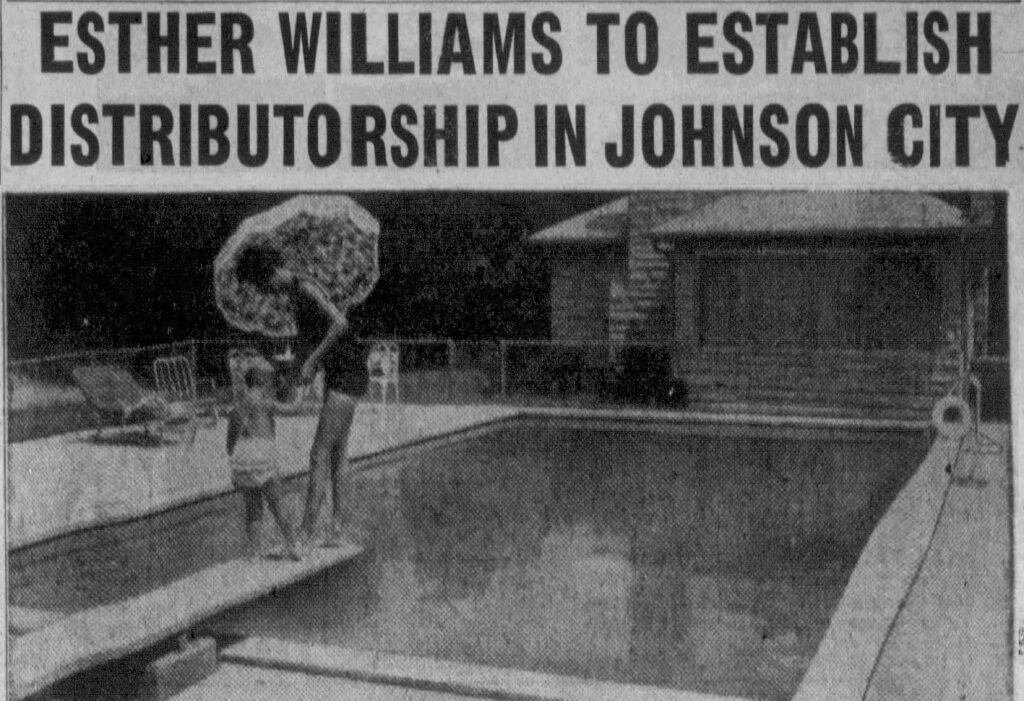
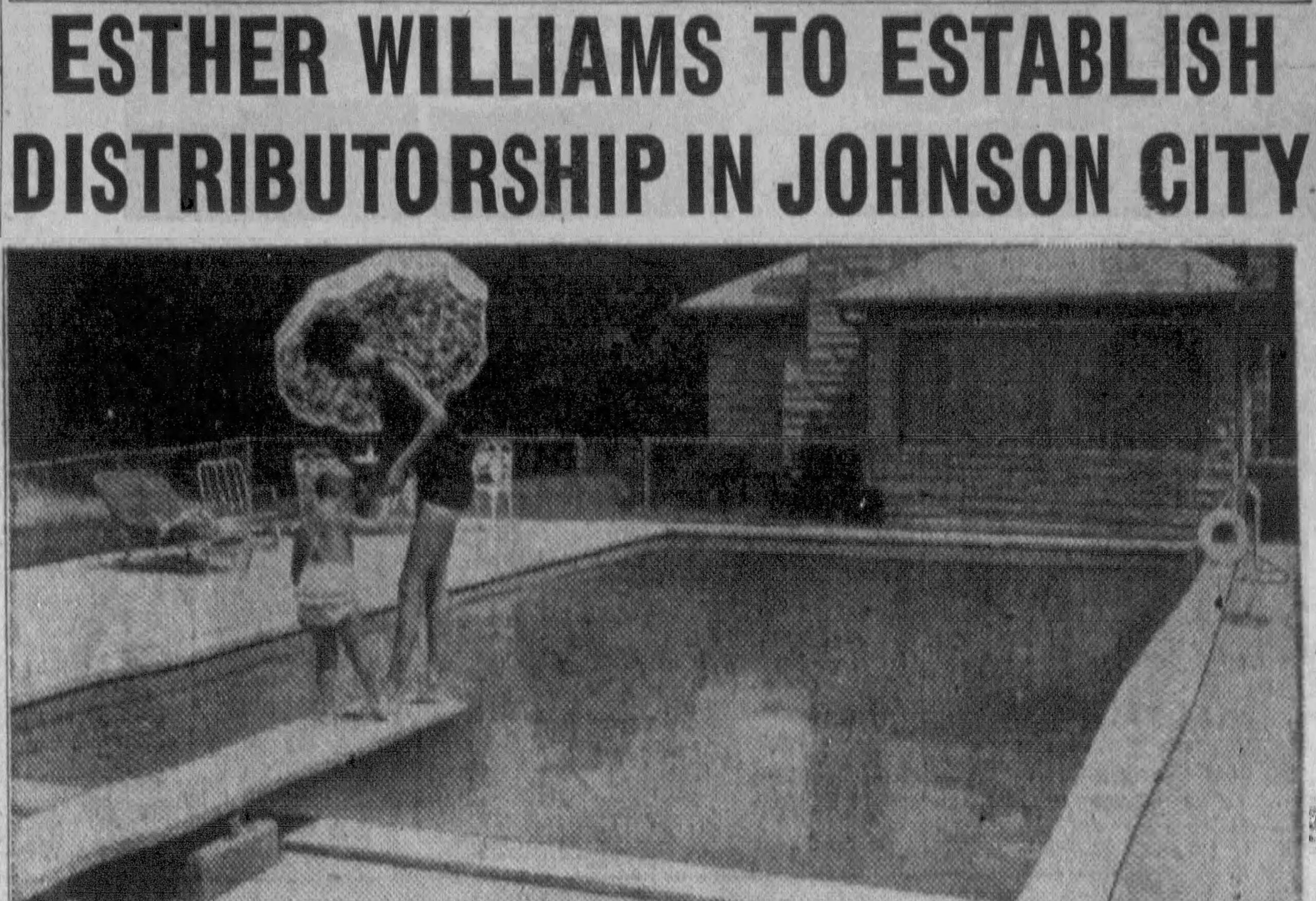
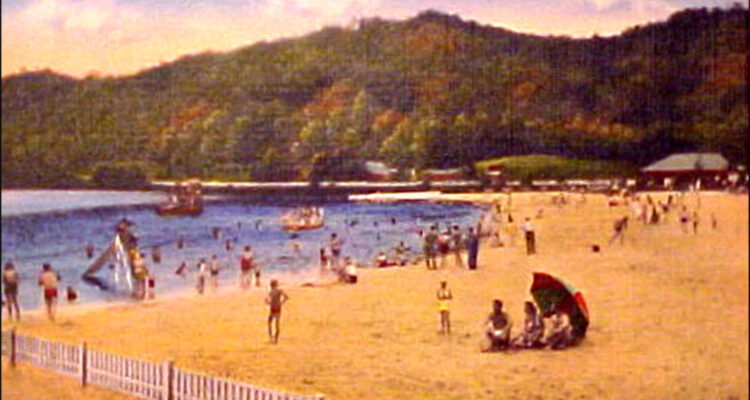

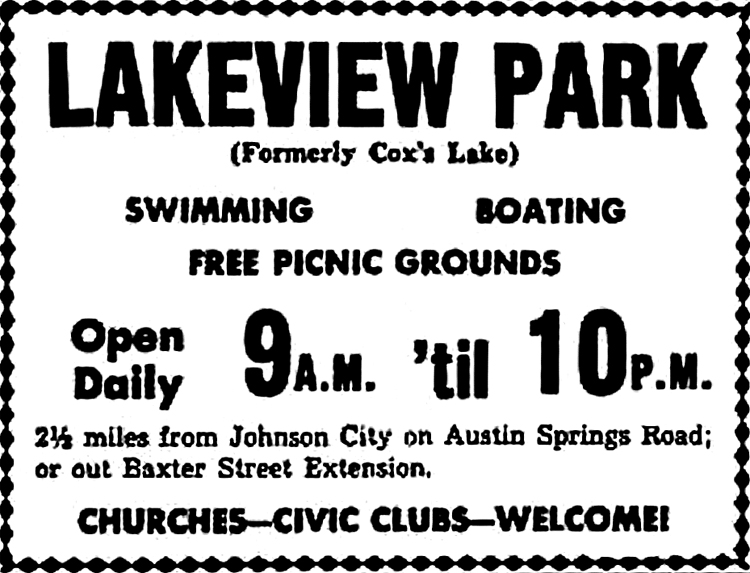
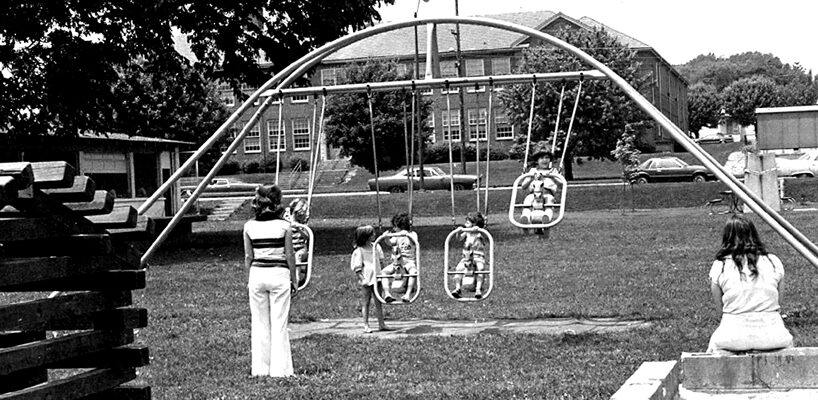
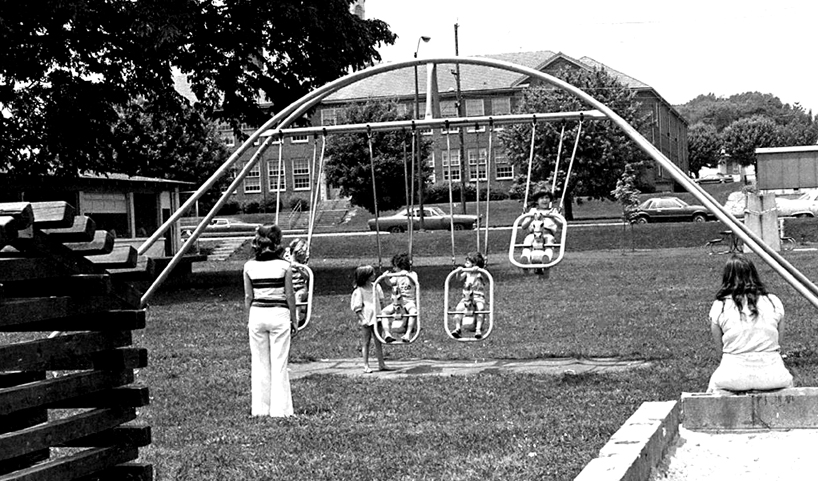
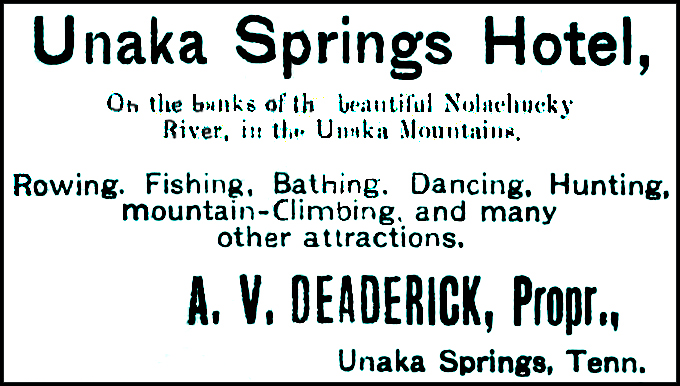


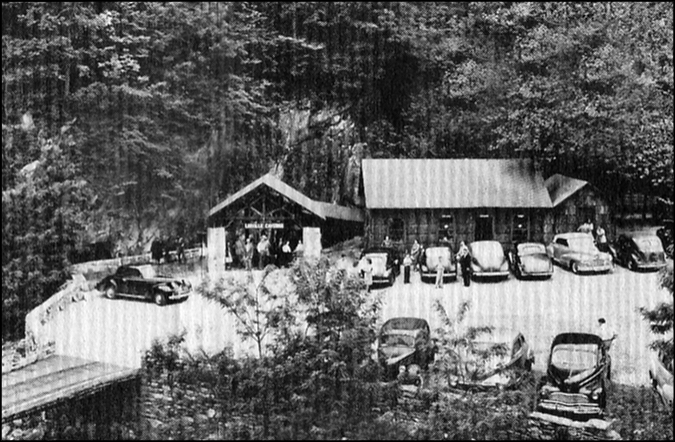
.jpg)

